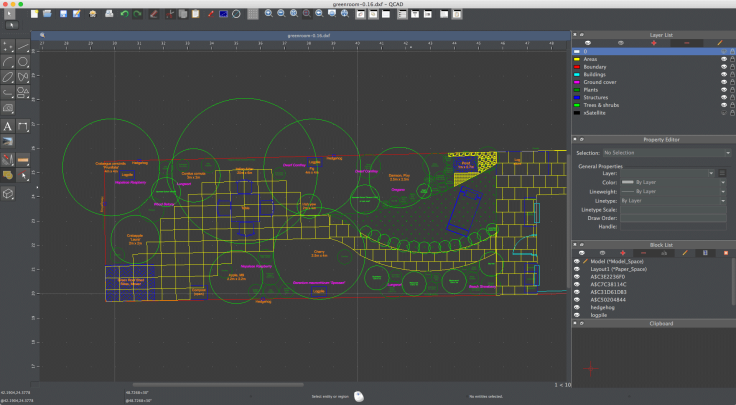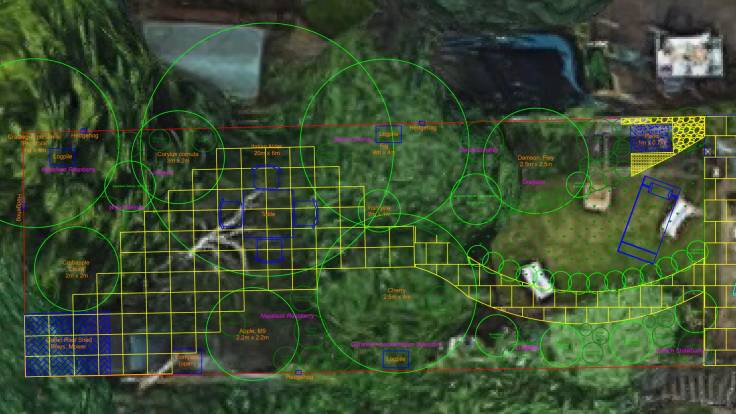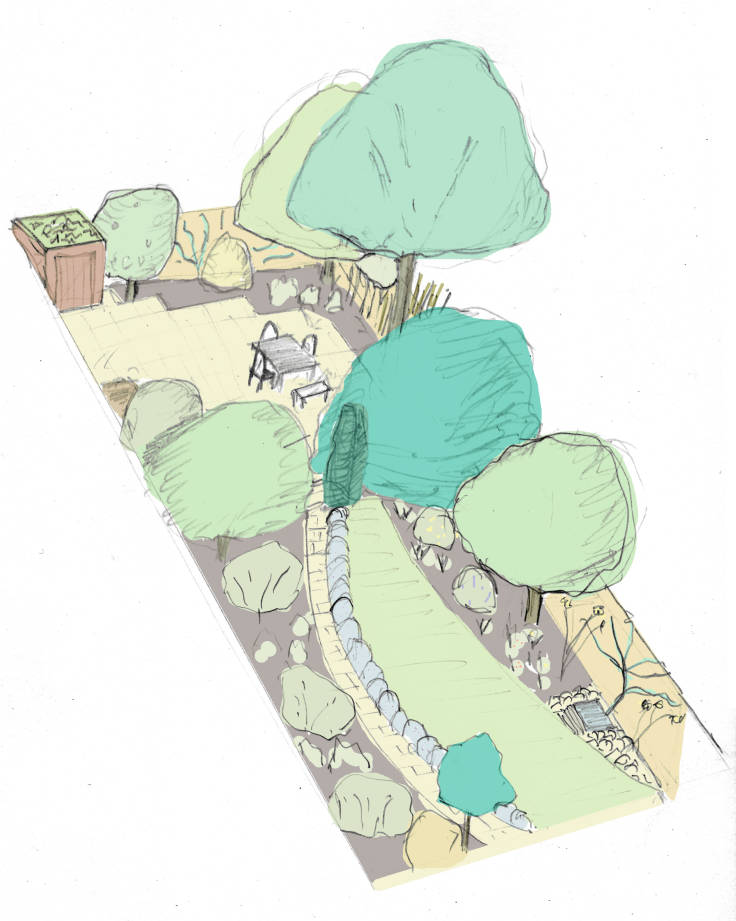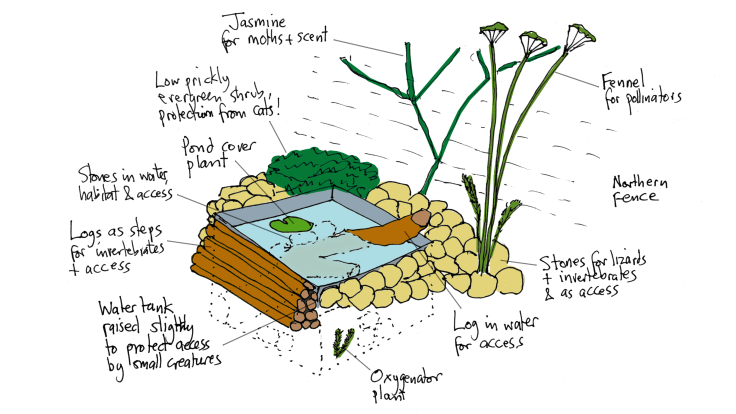
There’ll be more of this in my new career as Wildlife Forest Garden Designer
I’m switching my work to concentrate on wildlife and forest garden design, with a view to an online course next year.
I gambled on making a living from running forest garden tours and workshops, using the Airbnb network to get passing holiday trade. But unfortunately, forest gardening is too niche and West Wales is too far away and I, I am simply Not That Famous (yet).
It has been great fun (and 8 five star reviews ⭐⭐⭐⭐⭐ 😎) but next year I’ll be limiting it to a couple of forest garden tours per month, still via Airbnb as it’s very easy to manage.
Instead, I am concentrating on forest garden design, specifically remote wildlife forest garden design. The remote part, because it’s amazing what you can do with 3D maps, satellite photos, Zoom conference calls and video walkarounds. And also because West Wales is sparsely populated and can’t really support such a specialisation.
I’ve created a design for some clients in North London, enigmatically called the Green Room. It has been an absolute blast, using Whatsapp for discussions and Zoom for video conferencing. The critical thing is to get the tree spacing right; the rest of the garden is in relatively large brush strokes. Here’s a CAD plan overlaid on a satellite photo:

A forest garden CAD plan based on a satellite photo
I have also started sketching in, which is great fun too, and I’ve been experimenting with both pencil and pen sketches, overlaid with colour in Photoshop.

A rough pencil sketch, colourised in Photoshop, to give an idea of volumes
I really like drawing with pencil, because it’s a good way to get a sense of the 3D space, something that’s pretty lacking in a CAD package like [QCAD]](https://www.qcad.org). The ink line drawings coloured in are better for diagrammatic type illustrations, such as this rather wonky pond:

A diagrammatic illustration of a small wildlife pond
I’m also increasingly interested in the wildlife aspects of forest gardening, having listened to Benjamin Vogt with great interest on the Roots and All podcast, and read Kate Bradbury’s Wildlife Gardening, a magnificent introduction to two separate worlds combined.
And although forest gardening is focussed on human edible crops, it is very much on the same path, the idea of building an ecosystem that sustains itself, whilst providing a harvest. And there is always room for native plants!
The next step is to re-work the website, putting garden design front and central. And then, next year, online workshops!